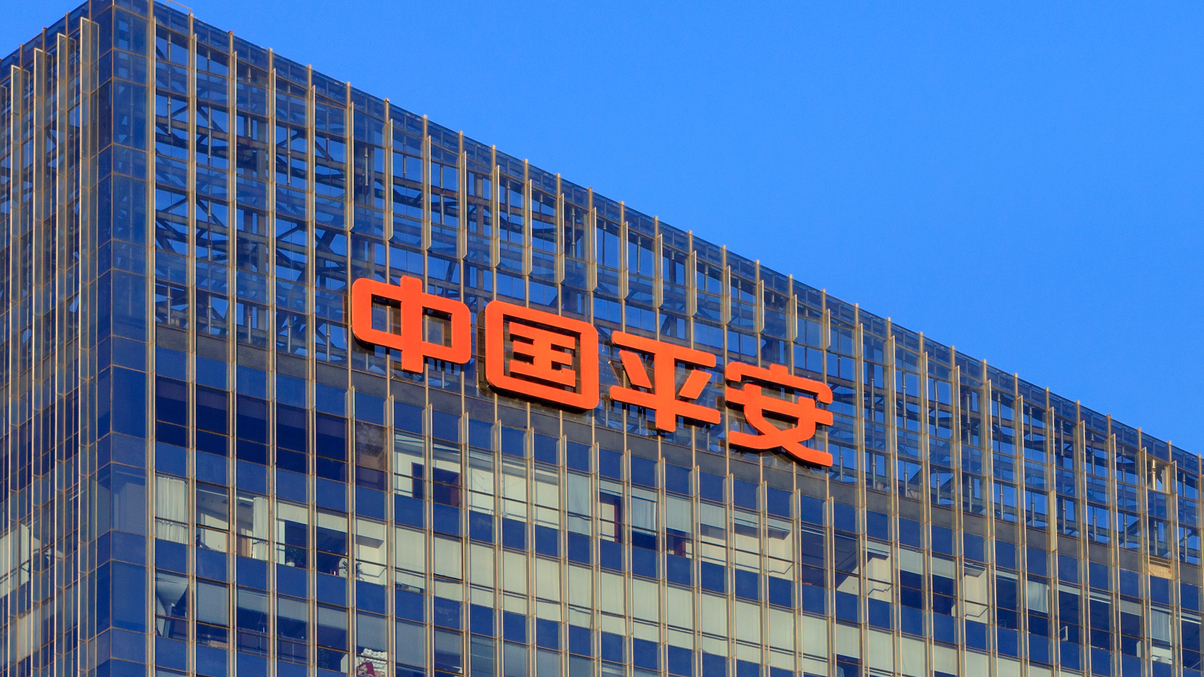Ping An CIO: China has tools to avoid ‘Japanisation’
Ping An Insurance’s Benjamin Deng believes it’s going to be a ‘multi-year process’ for China to come out of the current development trough, but it won't be 30 years like Japan.

Ping An Insurance Group’s investment chief believes China has tools in the box to avoid the similarly themed “lost decades” of Japan, or so-called “Japanisation”, with its population growth being a deciding factor.
Sign in to read on!
Registered users get 2 free articles in 30 days.
Subscribers have full unlimited access to AsianInvestor
Not signed up? New users get 2 free articles per month, plus a 7-day unlimited free trial.
¬ Haymarket Media Limited. All rights reserved.


